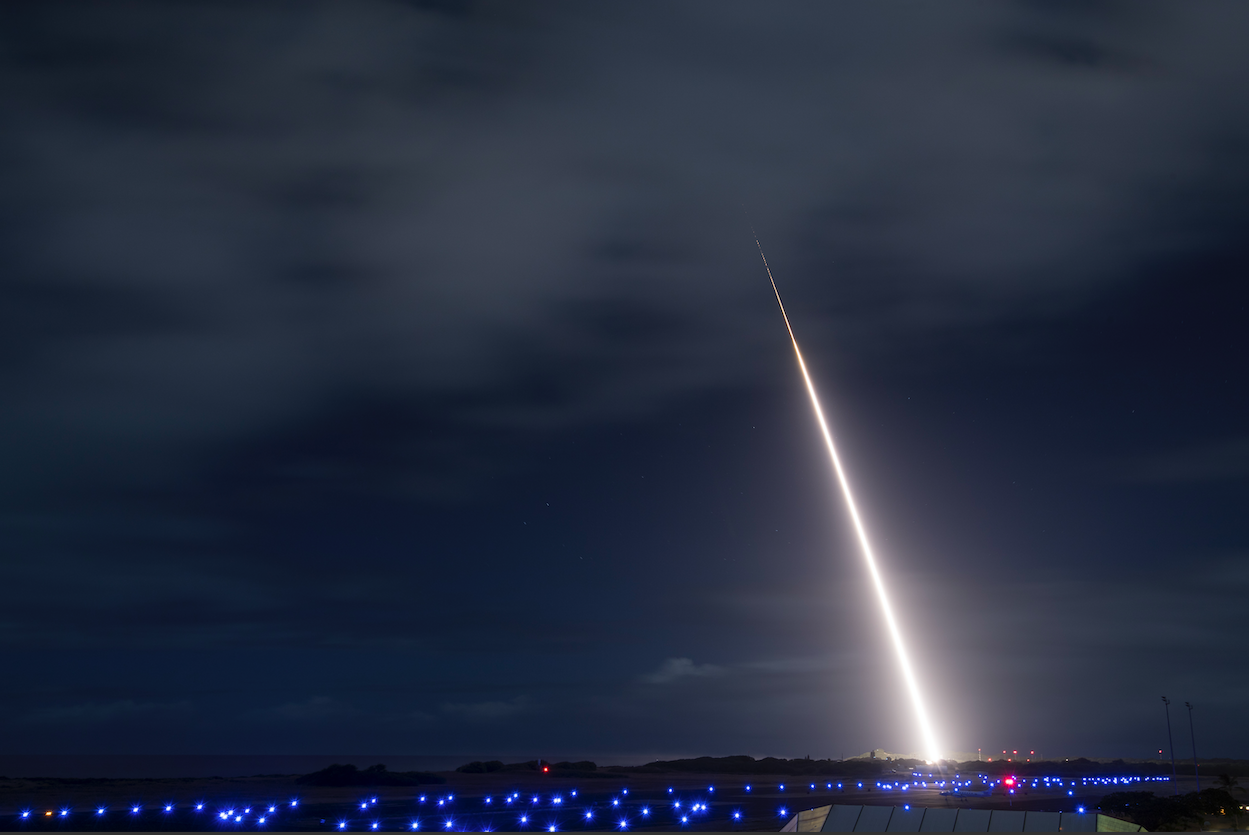
Rebuilding a U.S. integrated air and missile defense capability, slashed to the bone by the wars in Afghanistan and Iraq, will not be easy, three former directors of the Joint Integrated Air and Missile Defense Organization (JIAMDO) said on Monday.
The demand to find the most effective ways to end the killing of soldiers and Marines from improvised explosive devices hit the pause button on joint air and missile defense, retired Army Lt. Gen. Howard Bromberg, who headed JIAMDO in 2005 to 2006 said.
“What was killing Americans?,” he said at the Center for Strategic and International Studies forum in Washington, D.C.
“It wasn’t missiles.”
The decision to shift emphasis — budget, limited access to the highest levels of Pentagon, downgrade in the rank of the JIAMDO leader over the next 15 years — was about relevancy to answering the immediate threat.
“That pendulum has swung [back] now,” Bromberg said.
For the future of the joint missile defense mission, whatever entity — and all the panelists agreed it needed to be separate, but not necessarily how it is organized, “you have to effective in small chunks. You have to deliver something.” He added the questions come down to “What are you doing today” and “how fast” are you doing it.
Retired Rear Adm. Archer Macy suggested one way to come back from near-extinction, a budget in the $20-million range from $100-million and once headed by a three-star flag officer now a colonel or Navy captain, was to establish “a serious role and mission study” on today’s air and missile threats.
Macy would rank the threats “from speed of effect” — almost instantaneous from cyber and electromagnetic to less than half an hour from “Beijing to Dallas” from a missile to hours from aircraft and days for surface warships.
He said one example of how it could be established comes in how Cyber Command and the National Security Agency operate under a dual-hatted commander and director.
“Air defense is somewhat unique” in the warfare communities, he said. It “defends the homeland” and “forces here and forces and allies overseas, but it “will never win the war.” Air defense provides the means to keep the other warfighting communities fighting.
Picking up on the need for speed, retired Air Force Brig. Gen. Kenneth Todorov said, “That battle space is growing more complex” because there is so little time to assess and react. The decision “loop is getting increasingly tight.”
To handle those changes and the need for speed, there “needs to be an honest broker” when it comes to air and missile defense. “Left to their own devices,” the services “are going to act in their own best interest,” alluding back to Bromberg’s comments. The panelists cited Aegis, Patriot and Theater High Altitude and Area Defense systems as an example of service stove piping.
He also rejected the Missile Defense Agency as being that “honest broker.” These threats are “not at the forefront of [MDA’s] thinking.”
But like the Missile Defense Agency, “you’ve got to have a very short chain” between the very most senior uniform and civilian leaders in the Pentagon.
The “hammer” comes in “how do you influence where the dollars go.” A “clear funding line,” like MDA’s, coupled with that direct access to the top leaders makes the difference. “None of us had the full authority,” Bromberg added.
As to making this entity relevant to industry, Macy said in answer to a question that it was necessary to “communicate what we want the thing to do” without going into a series of details on each part of performance.
“This what I need the result to be” if a hypersonic weapon is used in an attack. “This is coming at me at Mach 7.” A 51 percent solution would be good enough if it turned the hypersonic weapon far enough away from its intended target and not insisting on the weapons’ destruction in writing requirements.





